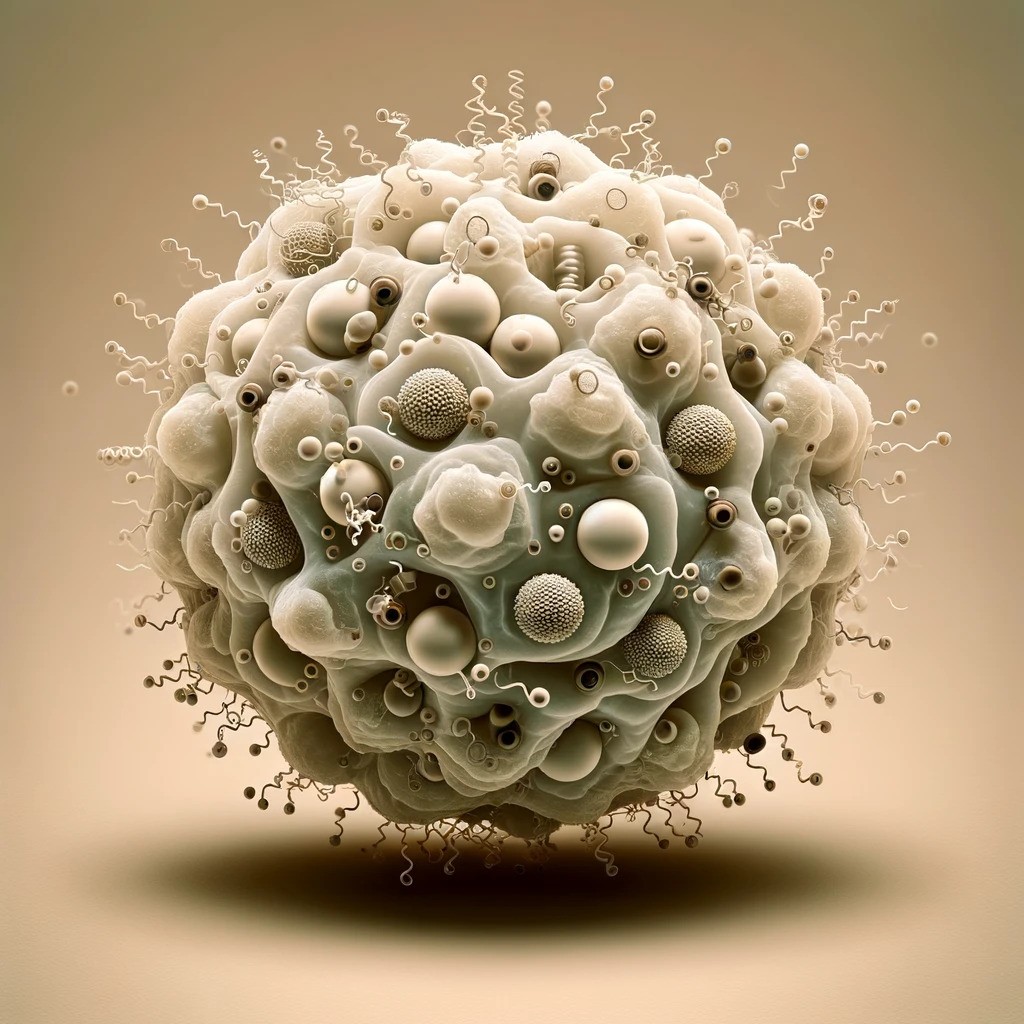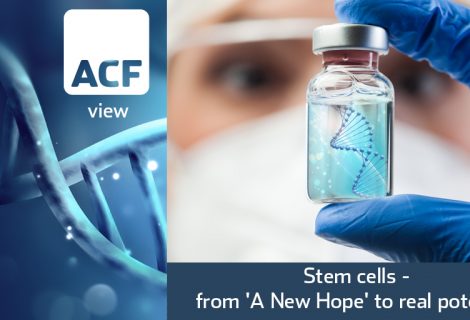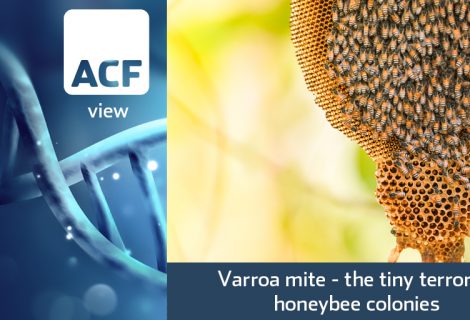Exosomes: Stand-alone therapy or complement?
Exosomes have transitioned from relative obscurity in cellular biology to becoming a key player in understanding and treating a variety of diseases. Exosomes, along with stem cells, are significant in biology and regenerative medicine. Whilst it may seem wrong to compare apples to oranges, comparing exosomes to stem cells can provide valuable insights into their distinct roles and how they might complement each other in therapeutic applications.
Exosomes can be thought of as a microcosm of the cell but without the characteristic of triggering immunological responses. Exosomes do not need to be autologous (i.e matching the recipient immunologically) unlike stem cells, which generally do.
As exosomes can be allogeneic, this leads to the possibility of mass production in batches for ‘all’ patients. Stem cells (ordinarily autologous) are produced from and for an individual patient in individual batches.
From the late 2000s to the present research interest in exosomes has grown rapidly. Below we identify key milestones:
- Publications and funding 2010s – present: Scientific publications and research funding dedicated to exosome studies.
- 2010s: Realisation that exosomes could be involved in a wide range of biological processes and diseases, including neurodegenerative diseases, cardiovascular diseases and immune responses.
- 2007: A landmark paper was published that detailed how exosomes could transfer RNA and proteins between cells – “Exosome-mediated transfer of mRNAs and microRNA is a novel mechanism of genetic exchange between cells” by Valadi H., Ekström K., Bossios A., Sjöstrand M., Lee J.J., and Lötvall J.O.
- 2000s: Researchers began to uncover the significant roles exosomes play in various diseases, especially cancer.
- 1990s – 2000s: Detailed study and characterisation of exosomes thanks to molecular biology, flow cytometry, electron microscopy and next-generation DNA/RNA sequencing.
Exhibit 1 – An image of an exosome

Sources: ACF Equity Research Graphics; Image generated by OpenAI’s DALL-E.
What are exosomes?
Exosomes are part of the genome composed of exons (the coding portion of genes). Although they represent a small fraction of the genome, ~1-2%, they contain the necessary information for producing proteins – the building blocks and functional molecules in cells.
Exosomes are membrane-bound vesicles – small, fluid-filled sac or bladder-like structures enclosed in a lipid bilayer membrane. They are small, typically ~30-150nm in diameter (nanometres – 1,000,000 nanometres equals 1 millimetre). They are released when multivesicular bodies (MVBs) fuse with the plasma membrane.
Exosome importance in cellular biology is because they contain a variety of biological medicines including proteins, lipids, RNA and sometimes DNA. Exosomes act as carriers of molecular information, transferring these molecules between cells. This process can influence the behaviour of recipient cells, playing a role in immune responses, tumour growth and spread of infectious diseases.
Further research has indicated that exosomes have been linked to a wide variety of diseases – cancers, neurodegenerative disorders and cardiovascular diseases. In cancer for example, tumour-derived exosomes can modify the tumour environment or even aid in metastasis. Exosomes have the ability to carry biomarkers (molecules in blood/body fluid/tissue) that indicate signs of normal or abnormal condition/disease), as such they are under research for use in diagnostics.
What are the commercial traits of Exosomes that make them special?
Our research discussion with Brainstorm Therapeutics (Nasdaq:BCLI) highlighted several unique traits of exosomes that make them promising standalone therapeutic candidates or, intriguingly – complementary to stem cell therapies:
Immune insensitivity – Allogeneic exosomes can be used in the body because they do not stimulate an immune system response (the immune system is technically insensitive to them). This allogeneic characteristic means exosomes can, from a single bone-marrow donation, become a mass produced, well-characterized (well understood behaviour and mechanisms of action) product, tool or therapy. Exosomes may come to represent a biotech ‘off-the-shelf’ product.
Intracellular delivery of a fixed payload – Exosomes contain a fixed payload and can deliver their cargo intracellularly, to perturbate (intentionally disrupt) or modulate intracellular processes.
Environmentally insensitive (relatively) – Exosome payloads are more predictable. Living cells respond to their microenvironment cues and may alter their secretome (the set of proteins secreted intracellularly). Exosomes, however, are “pre-packaged” and their cargos remain generally constant. Exosome delivery and or ‘management’ of a drug may end in more accurate dose adjustment.
Higher penetration rates due to nano-scale – Exosomes are in the nano-scale. Nano scale ‘particles’ exhibit higher penetration rates in vivo, e.g. reported blood-brain-barrier (BBB) penetration rates. Because of their nano-scale, exosomes may end up being administered differently, e.g. using nebulizers.
Non-proliferation – Exosomes cannot self-replicate, eliminating concerns about potential in vivo proliferation, acting more like a classical drug in the sense that the dose is finite.
Direct manipulation without gene editing – Exosomes can be manipulated directly to engineer surface molecules and or content (RNA, proteins, etc.) to enhance targeting for specific cells or tissues and or to affect specific genes or pathways, without the need for gene editing or manipulation of the source cells.
Bio transportation – Exosomes are very stable compared to many ‘live’ biotech products, which means that exosome storage conditions are less demanding. Thermo Fischer (NYSE:TMO) claims that exosomes can be stored at four degrees centigrade for a week or between -20 and -80 degrees centigrade for much longer term periods of time. There may be significant improvements in exosome storage protocols to come. Brainstorm Therapeutics (Nasdaq:BCLI team indicated in recent discussions that storage conditions can be adjusted and improved (likely significantly) to both prolong shelf-life and reduce the costs of storage and shipping.
Nurexone (TSXV:NRX) indicated to us recently that dry freezing (lyophilization) of exosomes suggests very promising commercial potential via a much extended shelf life. Nurexone recently expanded its IP portfolio, the stock is up around ~8x from its the 52 week low and ~3x since early February 2024.
The advantage of exosome storage robustness and longevity is that it improves the probability that exosome therapies will reach the patient undamaged and with efficacity. This both directly (through higher temperature storage) and indirectly (through reduced risk of failed batches) reduces costs.
Combine the storage characteristic with the allogeneic nature of exosomes and there is potential for an off-the-shelf, batch manufacturable, logistically low cost and reasonably reliable and predictable set of exosome therapies, delivery vehicles and diagnostics.
Exosomes complemented with stem cells
Exosomes have capacity for identification and delivery, stem cells have capacity for replacement and repair – in terms of therapies they appear to be natural complementary goods. One identifies and delivers to the target, the other does the repair work. Exosomes and stem cells also have their independent commercial potential.
Comparing exosomes with stem cells makes sense primarily when exploring their respective applications in therapeutic contexts and understanding how different aspects of cellular biology can be harnessed for medical advancements.
Therapeutic & Clinical Applications
- Exosomes – allogeneic or autologous, diagnosis, biomarkers and drug/gene therapy delivery – Exosomes are under research investigation for their potential in targeted drug delivery, as biomarkers for disease diagnosis and in novel therapies, for example in cancer treatment. Their potential for use in non-invasive diagnostics, as immunomodulating therapies that change the microenvironment and as vehicles for the delivery of therapeutics to the new frontier of intracellular gene therapies are also under study by BCLI and others. These characteristics of exosomes allow for true manufacturing scale production and logistics.
- Stem Cells – generally autologous, regenerate and repair damaged tissues – Stem cells are used in regenerative medicine because of their ability to develop into various cell types and repair damaged tissues. They are applied in tissue engineering, organ regeneration and treating degenerative diseases. Many applications, for example BCLI has just submitted its plan for its PIIIb trial for neurotrophic factors-producing mesenchymal stem cells based ALS therapy. BCLI’s therapy may well be able to deliver markedly better outcomes for earlier stage patients with this fatal condition and so it is hoped, a much improved health-related quality of life (HRQOL) as assessed by the FDA.
Mechanisms
- Exosomes function as messengers, carrying and delivering biological materials between cells.
- Stem Cells replace or regenerate damaged cells and tissues.
Research and Development (R&D)
- Exosome research focuses on understanding cellular communication, vesicle biology and targeted delivery of molecules.
- Stem cell research involves understanding cell differentiation, ethical considerations and immune compatibility.
Safety and Ethics
- Exosomes face challenges in ensuring purity, dosage and targeted delivery without unintended effects.
- Stem Cells pose ethical challenges, particularly embryonic stem cells and there are associated risks such as potential tumour formation.
Below we highlight examples of small to mid-cap companies that are involved in drug delivery applications and/or R&D and range from diagnostics to therapeutics.
NurExone Biologic (TSXV:NRX.V) developes and ‘off-the-shelf’, non-invasive novel treatment to reverse or reduce paralysis caused by injuries to the spinal cord, brain trauma and other neurological conditions.
Brainstorm Therapeutics (NasdaqCM:BCLI) develops stem cell treatments for the debilitating and fatal ALS.
Aethlon Medical (AiM:AEMD) develops immunotherapeutic technologies to fight cancer and infectious diseases. Its Aethlon Hemopurifier® is designed to fight cancer-promoting exosomes and circulating viruses.
Fusion Antibodies (FAB.L) collaborates with its clients to advance antibody projects via utilisation of their understanding of antibody structure and molecular modelling.
Nuformix (NFX.L) targets unmet needs in oncology and fibrosis, specialising in drug repurposing and their expertise in discovering, developing and patenting novel drugs.
Exhibit 2 – Peer group table of companies involved in drug delivery applications

Sources: ACF Equity Research Graphics; Refinitiv.




















